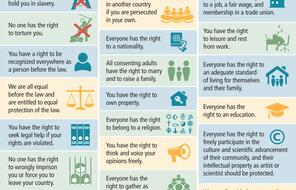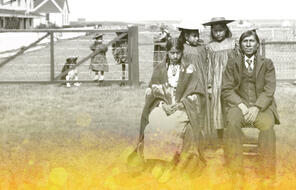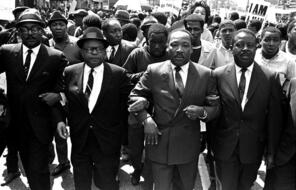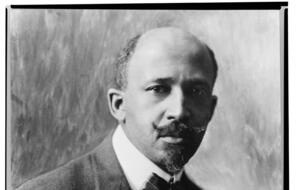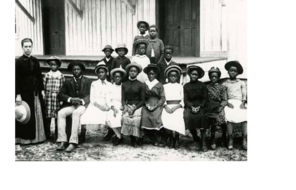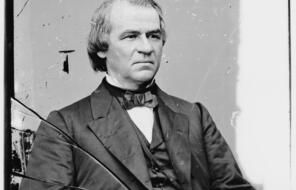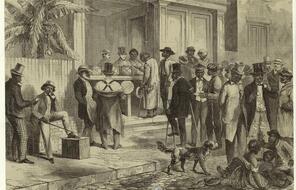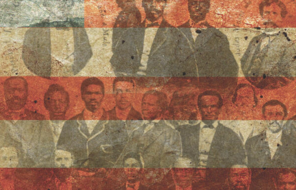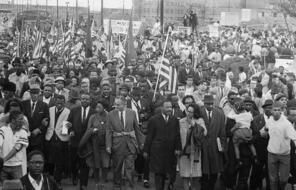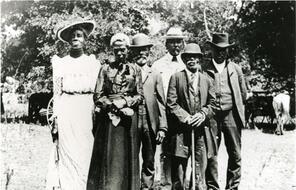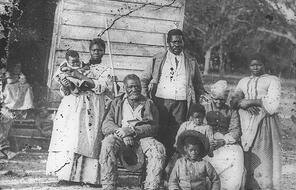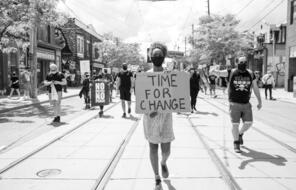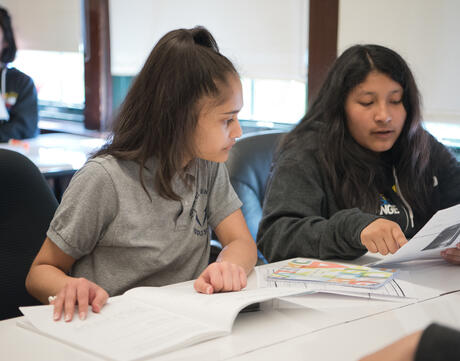
Making Rights Universal
At a Glance
Language
English — USSubject
- History
Grade
11–12Duration
One 50-min class period- Human & Civil Rights
Overview
About This Lesson
In the previous lesson, students considered the challenges that Eleanor Roosevelt and members of the Human Rights Commission faced in drafting a global bill of human rights, given nations’ different priorities, values, and cultures. In this lesson, students will consider an infographic that summarizes the UDHR’s Preamble and Articles 1–30 and will then evaluate whether these rights are universal and enjoyed by individuals and groups in the world today.
Students will also discuss the potential and the limitations of a document like the UDHR, which is not a binding legal agreement, and they will examine the question of what responsibility, if any, nations who signed the UDHR have to protect the rights of their own people as well as the rights of individuals and groups in other nations that may have been violated. Finally, students will turn their attention inward to consider the meaning of rights in their own lives and communities.
Preparing to Teach
A Note to Teachers
Before teaching this lesson, please review the following information to help guide your preparation process.
Lesson Plan
Activities
Materials and Downloads
Making Rights Universal
Complicating the Universality of Human Rights
Summative Assessment: My School’s Universal Declaration of Human Rights
Unlimited Access to Learning. More Added Every Month.
Facing History & Ourselves is designed for educators who want to help students explore identity, think critically, grow emotionally, act ethically, and participate in civic life. It’s hard work, so we’ve developed some go-to professional learning opportunities to help you along the way.
Exploring ELA Text Selection with Julia Torres
On-Demand

Working for Justice, Equity and Civic Agency in Our Schools: A Conversation with Clint Smith
On-Demand

Centering Student Voices to Build Community and Agency
On-Demand


